Introduction
CANADA HAS A LONG AND VARIED HISTORY of people arriving here because they were fleeing war, violence, or persecution. Loyalists, supporters of the British Crown, came to British North America during and after the American Revolution. Around 1900, Doukhobors fleeing religious persecution in the Russian Empire arrived in Canada. Refugees arrived from Europe in the years following the Second World War. These are only a few examples.
The term refugee was not legally defined until the mid-twentieth century, by the United Nations (UN) Convention Relating to the Status of Refugees. According to the 1951 UN Convention, refugees are people who have been forced to flee their home country and who have a well-founded fear of returning because of war, violence, or a fear of persecution. They are endangered because of their race, religion, political opinion, nationality, or membership in a particular social group. The UN Convention applied to Europeans who became refugees before 1951, but the 1967 Protocol Relating to the Status of Refugees removed the limitations of time and place.
The United Nations High Commissioner for Refugees (UNHCR)—the UN Refugee Agency—had been established in 1950. The UNHCR provides refugees with protection and emergency relief. Many people who have come to Canada as refugees have spent time in a UNHCR camp, including some of the people featured here.
Canada’s policies on refugees have been both inclusionary and exclusionary, motivated by politics, economics, sociocultural views, and humanitarian concerns. In 1969, Canada signed the UN Convention and associated Protocol, and Canada’s 1976 Immigration Act established a separate class for refugees. Prior to this, refugee entry was administered through ad hoc measures, including ministerial permits and Orders-in-Council. In 1993, a Supreme Court of Canada ruling (Canada v. Ward) provided an interpretive framework for better understanding membership in a particular social group. It included explicit reference to people discriminated against on the basis of gender or sexual orientation.
In this online gallery, you will meet 11 people who came to Canada as refugees, and former immigration officers. People have come from many different countries, including the former Yugoslavia, Vietnam, Uganda, Germany, Thailand and Myanmar (Burma), Hungary, The Democratic Republic of Congo (Zaire), Bhutan, Colombia, and Lebanon. The stories are examples of the variety in Canada’s refugee populations. The oral history excerpts describe the processes of becoming a refugee, leaving home, coming to Canada, and the transitions associated with life in Canada.
Refugee experiences vary greatly, but there are also commonalities. The first-person accounts in this gallery include stories of hope, hopelessness, sorrow, resilience, challenges, determination, adjustments, and contributions to Canadian society.
Becoming a Refugee
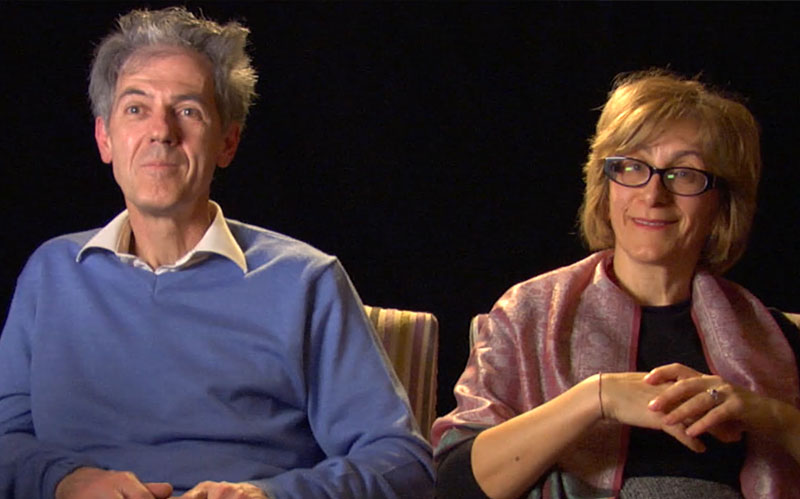
Yella and Mooshie Zahirovich
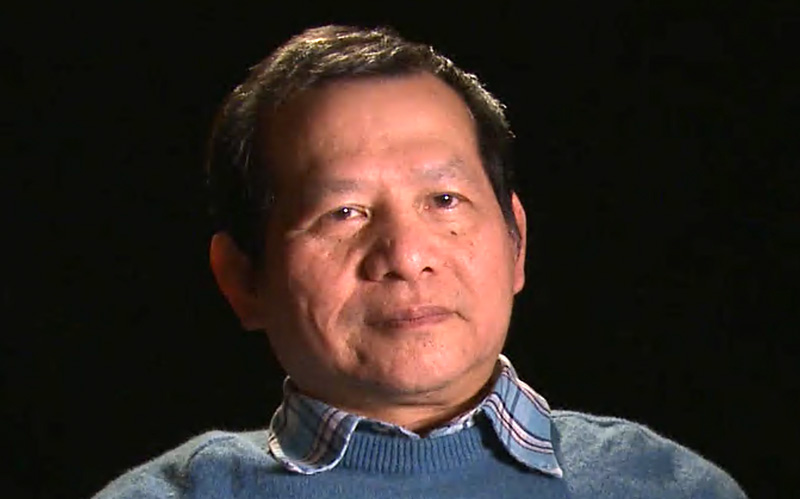
Van-Nha Tran
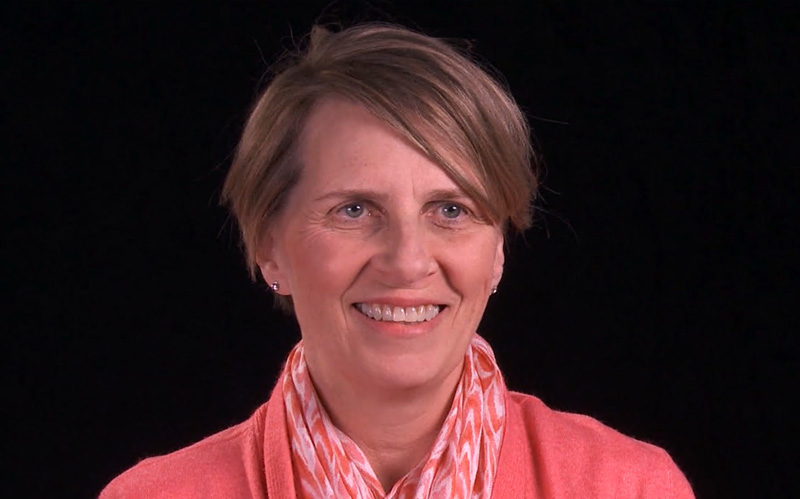
Kathleen Sigurdson

Bwe Doh Soe

Bwe Doh Soe
Richard Tshimanga
Ilse Thompson
Leaving Home and Coming to Canada
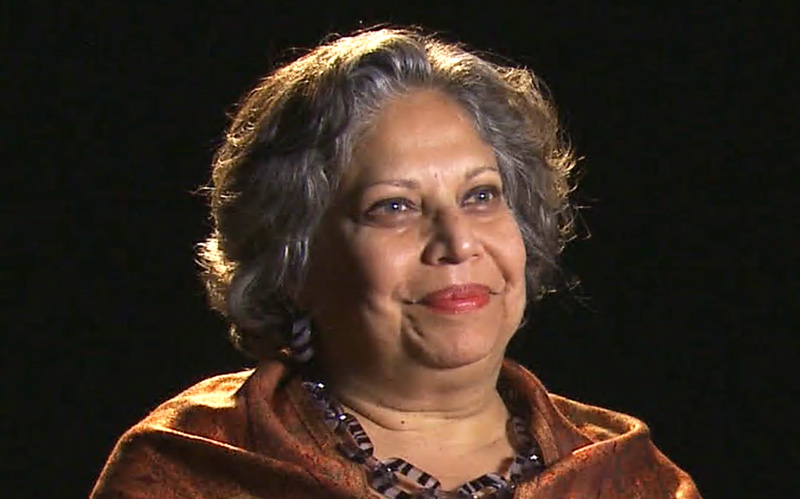
Umeeda Switlo
Richard Tshimanga
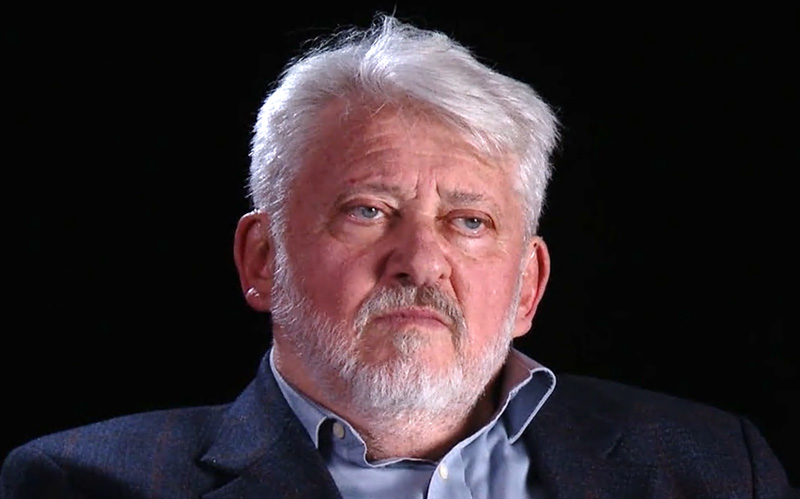
Peter Duschinsky

Peter Duschinsky

Yella and Mooshie Zahirovich
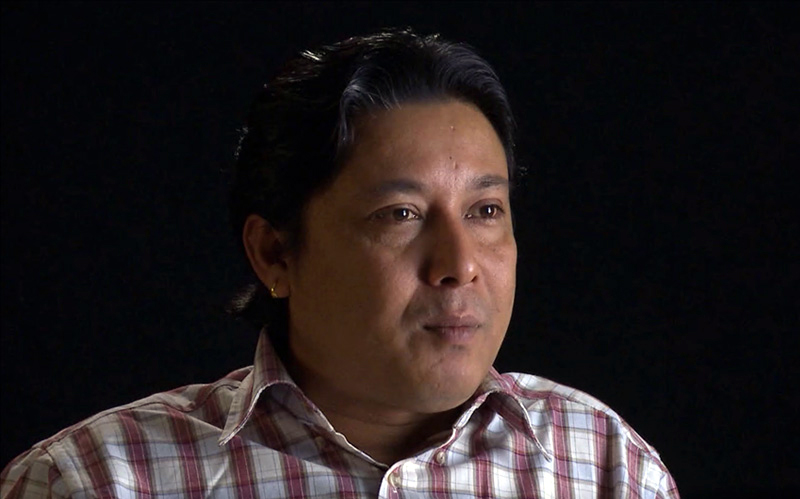
Madan Kumar Giri
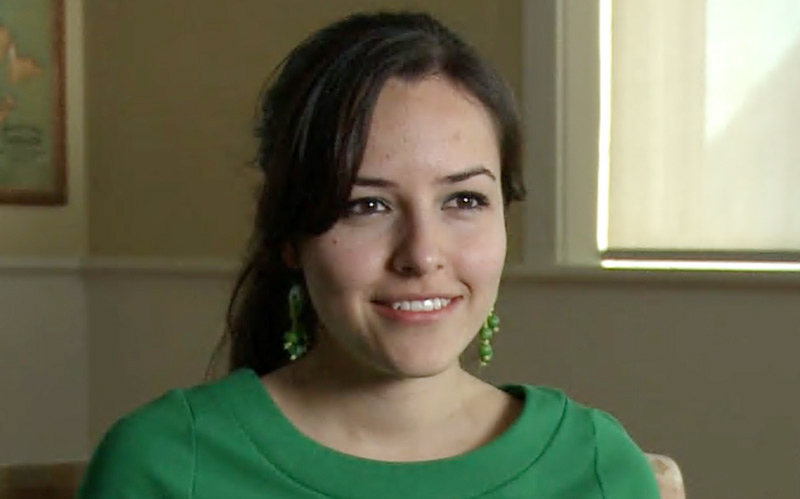
Monica Valencia
Life in Canada
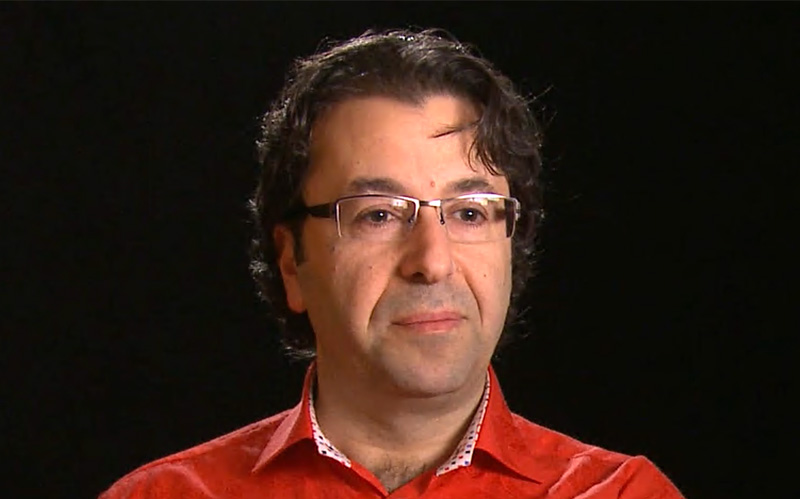
Habib El-Hage

Madan Kumar Giri
Starting Life in Canada: Cooking Nepalese Food in Charlottetown

Monica Valencia
